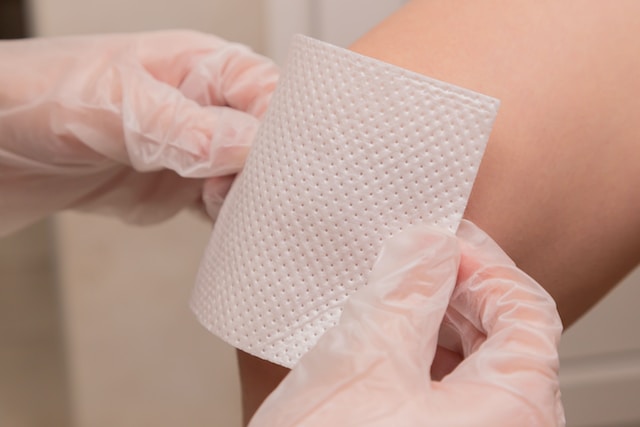Introduction
Softball is an exhilarating sport that requires physical agility, speed, and skill. However, like any other sport, softball carries the risk of injuries. Understanding the common injuries that softball players face and taking proactive measures to prevent them is crucial for ensuring a safe and enjoyable playing experience. This article will delve into some of the most prevalent softball injuries and provide insights into effective prevention strategies.
- Sprains and Strains
Sprains and strains are among the most common injuries in softball. They often occur due to sudden movements, overexertion, or inadequate warm-up. Ankles, wrists, and shoulders are particularly vulnerable to sprains and strains.
Prevention Tips:
- Prioritize a thorough warm-up routine that includes dynamic stretching exercises to prepare the muscles for the demands of the game.
- Incorporate strength and conditioning exercises, focusing on areas prone to sprains and strains, to build stability and support.
- Use appropriate protective gear, such as ankle braces and wrist guards, to provide added support during play.
- Shoulder Injuries
Softball involves repetitive throwing motions, making the shoulder susceptible to injuries like rotator cuff strains, tendinitis, and labral tears. Poor throwing mechanics, overuse, and inadequate rest contribute to these injuries.
Prevention Tips:
- Learn and practice proper throwing techniques, emphasizing proper mechanics and arm positioning to minimize stress on the shoulder.
- Gradually increase throwing intensity and volume to allow the shoulder to adapt to the demands of the sport.
- Implement a well-rounded strength and conditioning program, including exercises that target the rotator cuff and surrounding muscles to improve shoulder stability and endurance.
- Schedule regular rest periods and avoid excessive throwing to prevent overuse injuries.
- Knee Injuries
Knee injuries, such as anterior cruciate ligament (ACL) tears and meniscus tears, are common in softball. These injuries often result from sudden changes in direction, pivoting, or improper landing after a jump.
Prevention Tips:
- Incorporate specific training exercises to improve lower body strength, balance, and agility.
- Focus on proper landing mechanics to reduce stress on the knees, emphasizing soft landings and avoiding excessive twisting.
- Ensure the playing surface is in good condition, free of hazards that may increase the risk of tripping or twisting the knee.
- Overuse Injuries
Softball players are prone to overuse injuries, including tendinitis, stress fractures, and bursitis. Repetitive motions, such as throwing, swinging, or running, can lead to these injuries over time.
Prevention Tips:
- Implement a structured training program that includes rest days and proper recovery.
- Gradually increase the intensity, duration, and frequency of training to allow the body to adapt and minimize the risk of overuse injuries.
- Listen to the body’s signals and address any early signs of pain or discomfort promptly.
- Seek guidance from a qualified coach or trainer to ensure proper technique and workload management.
- Impact Injuries
Softball involves high-speed plays and close proximity to other players, increasing the risk of impact injuries. Collisions during base running, fielding, or sliding can lead to contusions, concussions, or fractures.
Prevention Tips:
- Emphasize communication and awareness among teammates to avoid collisions on the field.
- Encourage the use of protective gear, such as helmets, face masks, and shin guards, to reduce the risk of severe injuries.
- Focus on proper sliding techniques to minimize the risk of collisions or awkward landings.
Conclusion
Understanding and preventing common softball injuries is essential for players, coaches, and parents alike. By implementing proper warm-up routines, maintaining good physical conditioning, and adhering to safe playing techniques, players can significantly reduce the risk of injury. Additionally, listening to the body, seeking professional guidance, and utilizing protective gear can further enhance safety on the field. Remember, prevention is key to maintaining a healthy and enjoyable softball experience for all involved.




